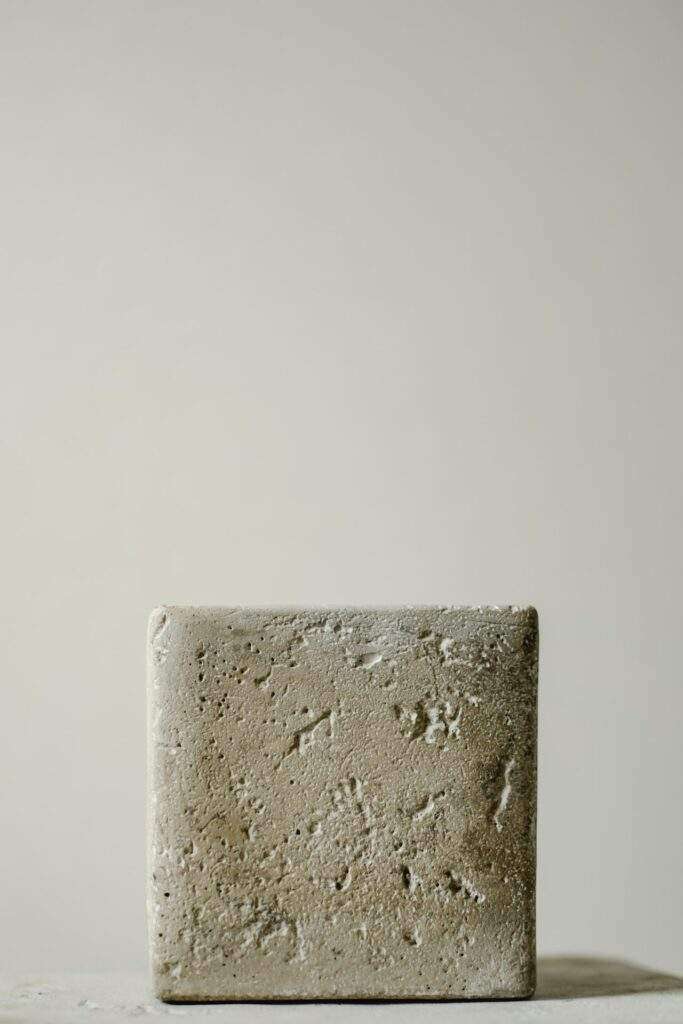
Box culverts are used for inlets and outlets, steam tunnels, holding tanks, corridor connections, service tunnels, road crossings, and utility trenches. These are some of the present day’s most useful architectural concepts.
Concrete box culverts allow water to pass through a trail or other obstruction. It is built by connecting two side banks made of earth. Builders may use steel tubes, concrete pipe, or another flexible material to finish culverts. Building trenches to convey water safely along a path or stream is frequently required.
8 Uses and Advantages of using Concrete Box Culverts
A concrete box culvert is built atop a solid dome box shaped like a circle or rectangle. A box culvert’s concrete construction encourages concrete expansion, which increases flexibility. Here are the uses and advantages of employing concrete box culverts when building bridges.
1. Concrete Box Culverts are Practical
Concrete box culverts can readily manage greater water flow than standard pipes and give improved strength while draining extremely large amounts of water. Box culverts are simpler and more practical to install than other culverts.
2. Box Culverts are Economical
Due to their stiffness and monolithic operation, which eliminates the need for separate foundations, box culverts are affordable. It is employed when the foundation is poor or in exceptional instances.
3. They are Adaptable
Box culverts are often wider than other concrete, strengthening the structure. They are renowned for withstanding harsh weather conditions as well.
These box culverts must be strong to endure heavy traffic and harsh weather. With the help of these box culverts, water may pass underneath highways and roads without obstructing traffic. They can also act as substitute points for animals to cross.
4. Building Concrete Box Culverts are Time Friendly
Bridge construction takes far less time because of concrete box culverts. Bridge closures can particularly affect state highways and rural roads, resulting in lengthy detours that adversely affect school buses, emergency vehicles, vital personnel, and the general public.
It may take months to complete a poured-in-place bridge. One project, in particular, persisted for a full year. A typical short-span bridge project can be finished using a concrete box culvert in about two weeks.
5. Box Culverts are Built with Exceptional Quality
Quality might be hampered by several variables when building a bridge on the ground. Concrete box culverts must be built using independent, high-quality materials to withstand weather patterns and wet conditions. It also supports the vehicles on the road to ensure safety.
6. Sizes for Box Culverts can be Customized
Constructing concrete box culverts can be sized to have the capacities necessary to accommodate stream flow rates. Each designed box culvert should have the capacity and aptitude to handle heavy loads, regardless of size.
7. Box Culverts Avoid Flooding
Water can flow through a barrier, such as a road, with the help of culverts. These structures are intended to maintain flow and divert water through designated locations, preventing flooding on houses nearby.
8. The Durability of a Box Culvert is Adjustable
Culverts must be strong in every way since they must support and carry huge weights, particularly cars. Building concrete box culverts shouldn’t consider putting many people in danger because the culverts’ strength can be measured and adjusted. By using the right blend design, thickness, and reinforcing.
9. It Promotes the Upkeep of Railroads
Box culverts are used in the building and upkeep of railroads. They can build bridges across creeks or other rivers or replace small ones. The success of contemporary railroads depends on under-track culverts. Even culverts can be constructed using retired train cars.
Start Using Concrete Box Culverts
Culverts fulfill the twin functions of working as hydraulic structures and load-bearing traffic structures because their primary role is that of hydraulic conduits that transport water from one side of a roadway or similar traffic barrier to the other.
Structures like box culverts are necessary for today’s society. Future engineers hope people can better understand and appreciate culverts now that they know more about them.